- Established 1982 -HOME: www.hiltonpond.org
THIS WEEK at HILTON POND Subscribe for free to our award-winning nature newsletter (Back to Preceding Week; on to Next Week) |
HICKORY GALLS, A DERBY SURPRISE, Outside the kitchen of our old farmhouse at Hilton Pond Center grows a relatively young Shagbark Hickory, Carya ovata, scion of a venerable much larger 80-foot-tall tree out back that is undoubtedly the mother. The younger hickory has lower limbs overhanging a platform bird feeder and small water garden, and its large compound leaves are easily visible through the kitchen window. Soon after this foliage bursts each April we notice many growing leaflets are disfigured with quarter-inch pinkish balls (below), tightly spaced along the mid-vein. Not a "normal" part of the leaf, these are galls caused by a member of the Phylloxeridae--a family of tiny winged aphid-like insects sometimes called "midge flies." (In our photo, note also some of the hickory leaflets have portions missing--the work of ravenous caterpillars chewing on leaf blades.)
All text, maps, charts & photos © Hilton Pond Center Galls are abnormalities that consist of a leaf's own tissue, caused to grow in distorted manner by an outside agent such as an insect, virus, or fungus. A gall is essentially a tumor that may have little effect OR that, in worst cases, may destroy some or all of the host plant. In the case of many insect-induced galls, a single larva lives inside the structure, secreting wastes and possibly other gall-forming chemicals; sheltered within this tumorous home, the larva dines on nutritious plant tissues that surround it before maturing as an adult that escapes. The life history of the Hickory Leaf Midge, Caromyia caryeis--which caused the galls in our photo--is a bit convoluted, as follows (after Steven Frank and James Baker of the North Carolina State Extension):
Many leaves on the young Shagbark Hickory outside the kitchen window are harboring galls this spring, but that causes us little concern. This particular infestation seems to have little effect on the leaflet's functionality. However, yet another midge fly--Hickory Leaf Stem Aphid (HLSA), Phylloxera caryaecaulis--seems to have attacked the big mother hickory with a vengeance this year.
All text, maps, charts & photos © Hilton Pond Center Littering the ground beneath her branches are thousands of compound leaves with petioles disfigured by one or more half-inch brown woody masses --each a gall formed by several HLSA. This may not be great for the tree--big, mature hickories almost certainly aren't seriously affected--but it IS exasperating for bird banding because we're constantly cleaning fallen, distorted hickory leaves from our nets. Extraction is made even more difficult because the woody galls tend to get tangled in the net mesh. In addition to producing the hickory stem gall, we suspect chemicals released by larval midges somehow affect the abscission layer where the petiole attaches to a twig, causing the deciduous hickory leaf to drop prematurely (i.e., before autumn). We've seen this phenomenon at Hilton Pond Center in previous years, but never so extensive as in May 2022. Oh, well, at least that's a lot of hickory leaves we won't have to remove from our nets this fall!
All text, maps, charts & photos © Hilton Pond Center ADDENDUM: Oenophiles among our readers may already be familiar with the Phylloxeridae. Another species (Phylloxera vitifoliae, now known as Daktulosphaira vitifoliae) dines on roots and leaves (above) of grape vines and is so numerous and proficient at sucking sap it can destroy an entire vineyard in short order--especially in Europe where it has no real enemies other than Ladybird Beetles. A North American native, this Grape Midge now occurs worldwide and has no effective chemical or biological control at the commercial level; the best way to handle it is to graft desired varieties of grape vines onto phylloxeran-resistant American grape rootstock. Complicated? Yes, especially since this insect's life cycle reportedly has up to 18 stages! All text, maps, charts & photos © Hilton Pond Center A "CALICO" TANAGER When male Summer Tanagers (SUTA) fledge in late spring or early summer their plumage is yellow and resembles that of a female. Come fall these young males migrate to somewhere between Mexico and northern South America. There they undergo molt and return the following spring. Interestingly, many show up with plumage that is entirely strawberry in color, but some appear "calico" with a mix of yellow and red. Such was the case on 5 May 2022 with a second-year male we captured and banded at Hilton Pond Center.
All text, maps, charts & photos © Hilton Pond Center These younger male SUTA don't know they're not brilliant red like their older fathers, so they undoubtedly work just as hard trying to find a mate. Whether they're as successful we do not know, but in some bird species youngsters are known to wait in the shadows and sneak a copulation with females already paired with some other male.
Interestingly, we caught one other "calico" bird this week--a male Indigo Bunting (INBU, right)--with his immature mix of blue and brown. Like the Summer Tanager, this INBU fledged last year with much less colorful plumage and is just beginning to acquire the brilliant blue feathers of an adult male. All text, maps, charts & photos © Hilton Pond Center A DERBY DAY WARBLER What are the odds? On 7 May 2022 at Hilton Pond Center we were, as usual, operating mist nets to capture birds for banding. At 6:57 p.m. we took a few minutes to tune in the Kentucky Derby and watch an unknown named Rich Strike defy 80-1 odds to win the storied horse race. The run was over quickly, so we went right back out to check our nets and found we had caught--you're not gonna believe this--a bird with brilliant yellow underparts and black facial markings. Yep, it was a Kentucky Warbler (KEWA) on Kentucky Derby Day. What are the odds?
All text, maps, charts & photos © Hilton Pond Center The odds are actually pretty low we would net a KEWA at the Center, much less on Derby Day. In 41 years we've banded just 23 of these Neotropical warblers, almost evenly split between spring (n=10) and fall (13). That split is a little misleading, however, because even though the species is a migrant that spends our winter months in the Neotropics it also breeds in the Carolinas and as far north as southern Pennsylvania. Nonetheless, we've never found a local nest or captured a mid-summer Kentucky Warbler in breeding condition. We guess the odds are even lower THAT will ever happen! POSTSCRIPT: After we told fellow environmental educator Brian Rollfinke about our Kentucky Warbler encounter on Kentucky Derby Day, he predicted we'd catch a Baltimore (Northern) Oriole on 21 May when they run the Preakness at Pimlico Race Course. Where's Pimlico? Maryland, of course . . . in Baltimore. Such a capture would be ironic for more than one reason, and especially since this species is even rarer at Hilton Pond Center than the Kentucky Warbler. We've banded only eight Baltimore Orioles since 1982, and just one during spring migration. All text, maps, charts & photos © Hilton Pond Center HILTON POND SUNSETS "Never trust a person too lazy to get up for sunrise
All text, maps, charts & photos © Hilton Pond Center Sunset over Hilton Pond, 06 May 2022 Despite thunderstorm and tornado warnings the weather pretty much passed us by this day, with no big wind, only 0.06" of rain, and leaving behind some puffy clouds at dusk. Don't forget to scroll down for lists of Hilton Pond supporters and of all birds banded and recaptured during the period. Photoshop image post-processing for this page employs |
|---|
|
"This Week at Hilton Pond" is written and photographed by Dr. Bill Hilton Jr., executive director of Hilton Pond Center for Piedmont Natural History
|
|
|
Please refer "This Week at Hilton Pond" to others by clicking on this button: |
|

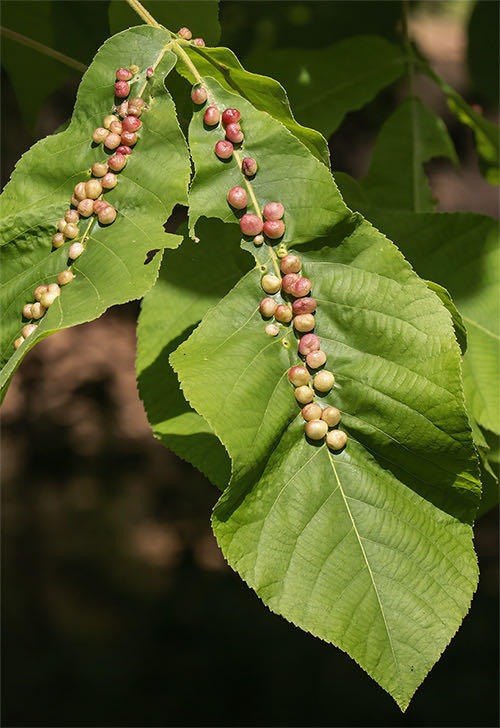
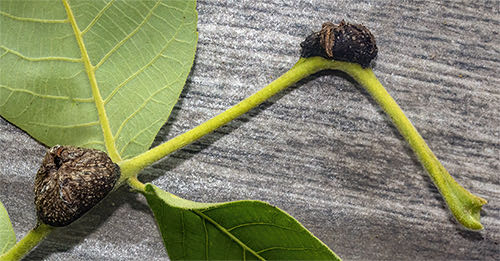
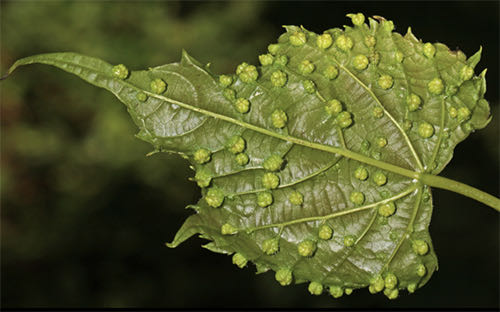
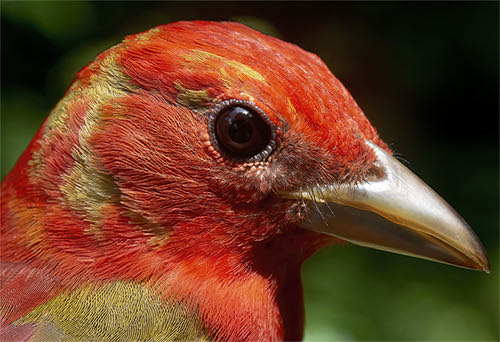
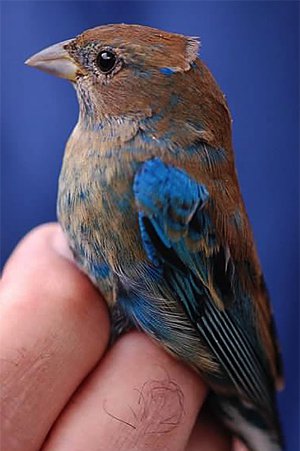 We've not found a Summer Tanager nest at
We've not found a Summer Tanager nest at 










 Please report your
Please report your